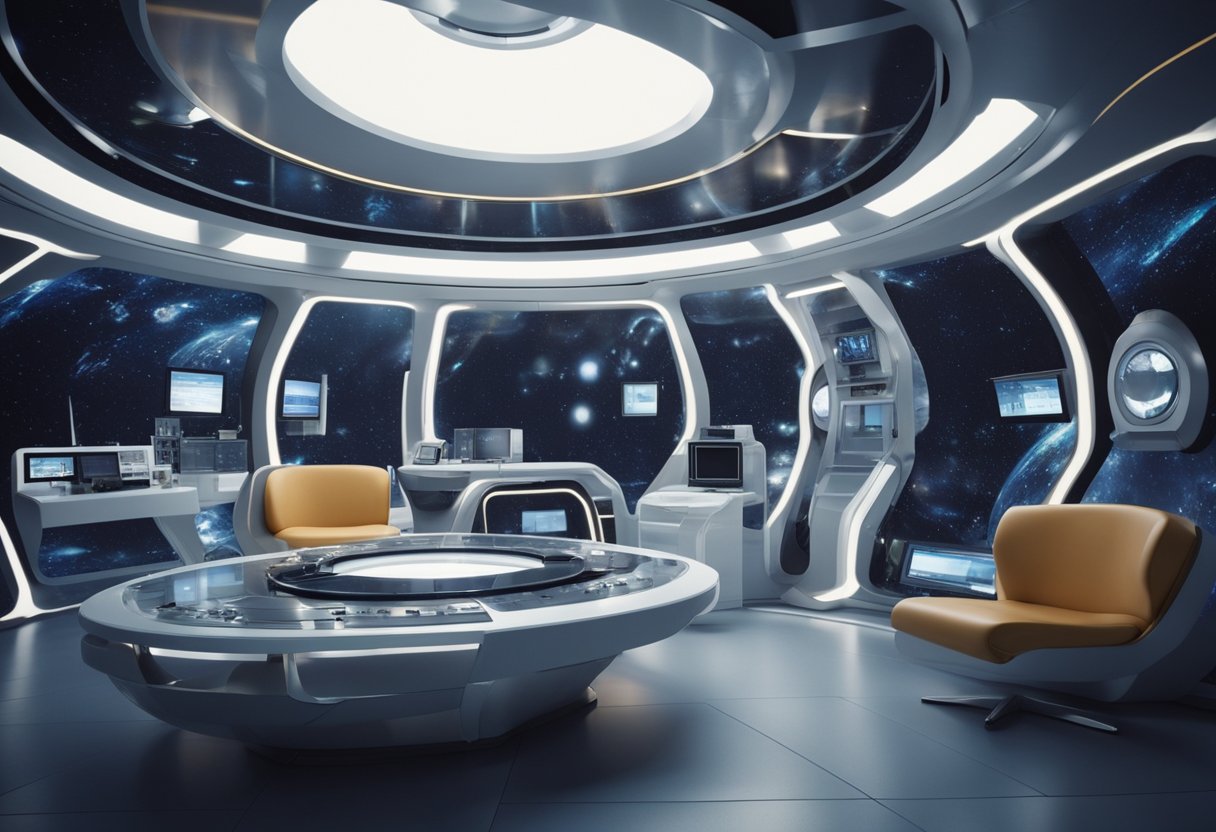
Zero Gravity Living Solutions – The advent of zero gravity environments beyond Earth’s atmosphere presents novel opportunities and challenges for living in space. As we advance technologically, solutions that support human life in microgravity are becoming more tangible and essential. By employing innovative technologies, we are now conceptualising habitats and life-support systems that allow humans to live, work, and thrive in zero gravity conditions. Moreover, entities like NASA, alongside burgeoning commercial space firms, are at the forefront of translating these concepts into reality, potentially revolutionising how we view human life in space.
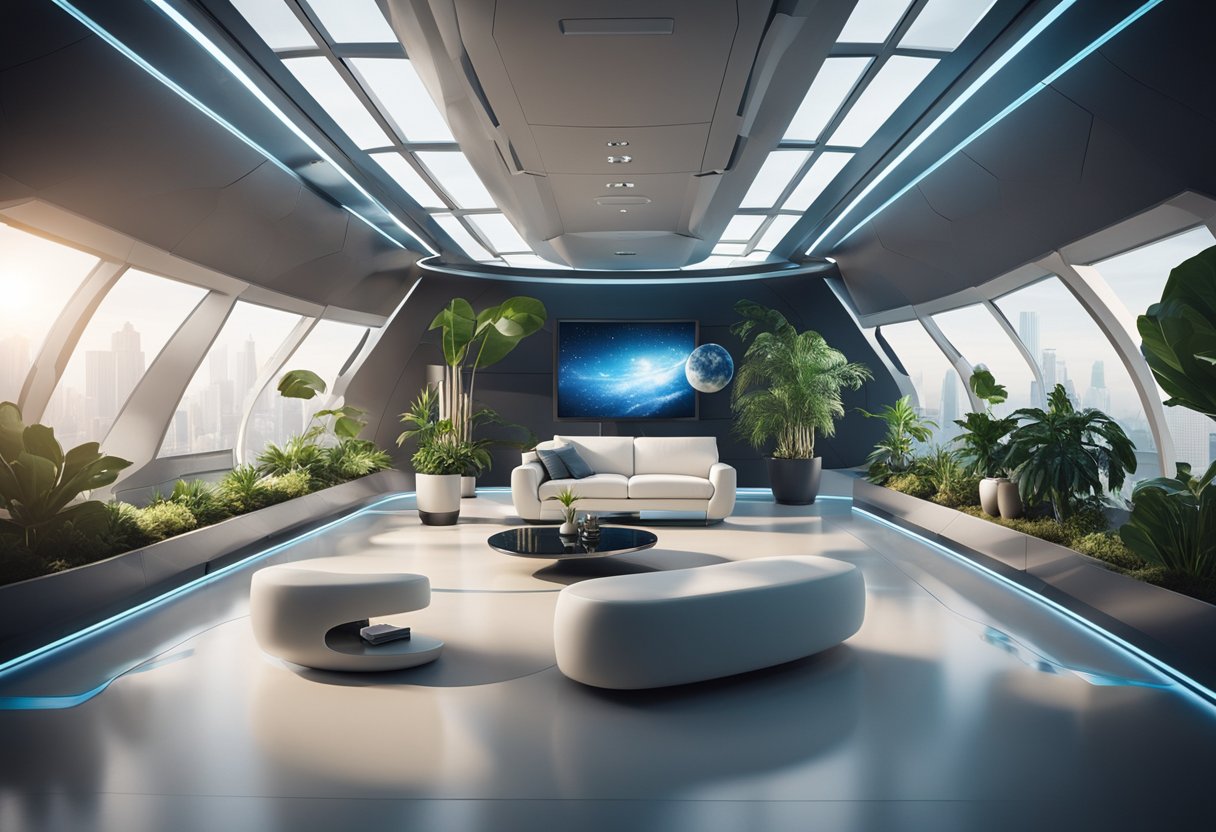
Our understanding of the biochemistry of living organisms in zero gravity has also deepened, leading to unique research opportunities that can only be conducted in the microgravity of space. This knowledge is instrumental in designing safe and habitable environments for astronauts and, eventually, space tourists. Zero Gravity Solutions Inc. offers insights into how zero gravity can enhance agricultural practices, highlighting a future where space-grown crops could sustain space communities. Economic and policy considerations continue to evolve as space becomes an arena not just for exploration but also for business and habitation.
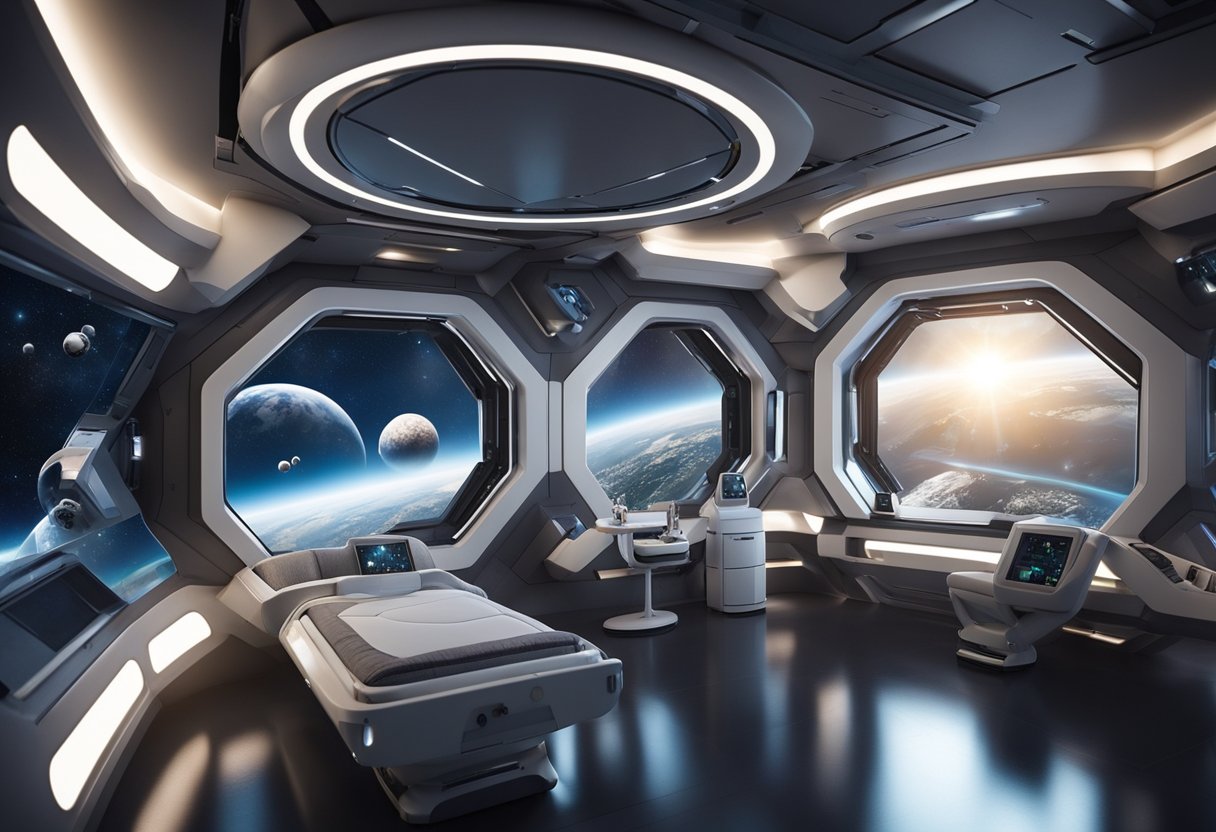
Our understanding of zero gravity is foundational to the future of space living and travel. Here, we’ll dissect the physical principles underlying the phenomenon and elaborate on its significance for human endeavours in space.
Zero gravity, or weightlessness, is a condition wherein objects appear to be weightless. The forces are not actually absent but are evenly distributed, causing that feeling of floating. This experience is meticulously tested on research flights which simulate the conditions found in spaceflight. During these parabolic flights, a period of free fall creates a window of weightlessness, affording us a glimpse into the physics dominating outside Earth’s atmosphere.
NASA and other space agencies utilise such flights for training astronauts and testing technology designed for space. The accurate application of physics is pivotal in ensuring that the equipment and humans can function and adapt to a zero gravity environment, which can be profoundly different from anything encountered on Earth.
Zero gravity significantly impacts human physiology and the behaviour of materials, necessitating a strikingly different approach to living and working in space. Our knowledge impacts the design of habitable space structures, where traditional concepts of ‘up’ and ‘down’ are irrelevant.
Moreover, it underpins the development of new technology ready to confront the unique challenges of a zero gravity environment, such as fluid dynamics and air filtration, which behave differently compared to Earth.
Under zero gravity conditions, research gains a new dimension, promising breakthroughs—from pharmaceuticals to materials science—that are not feasible under Earth’s gravity. As we continue to prepare for longer space missions, the implications of our research resonate, paving the potential pathway for civilian space travel documented by ventures like SpaceVoyageVentures.com.
Through our relentless pursuit of knowledge, we arm ourselves with a profound understanding that not only propels spaceflight into new horizons but also enriches our appreciation and mastery over the fundamental forces of nature.

As we look towards the expansion of human activity into space, certain challenges in zero gravity environments demand our attention, particularly concerning health implications and achieving sustainability in space.
Living in a zero-gravity environment introduces multiple health risks. Without Earth’s gravity, our bodies undergo various physiological changes. For instance, muscles can atrophy and bones may lose density, a condition known as osteopenia. These changes require us to develop targeted exercise regimens and medical interventions to mitigate health risks.
Sustainability in space poses unique challenges given the hostile environment and limited resources:
Our experience and knowledge will evolve as we address these challenges directly. For a glimpse into what current efforts and future plans are shaping up to be, we can refer to ventures such as SpaceVoyageVentures.com, which document advancements in space tourism and habitation.
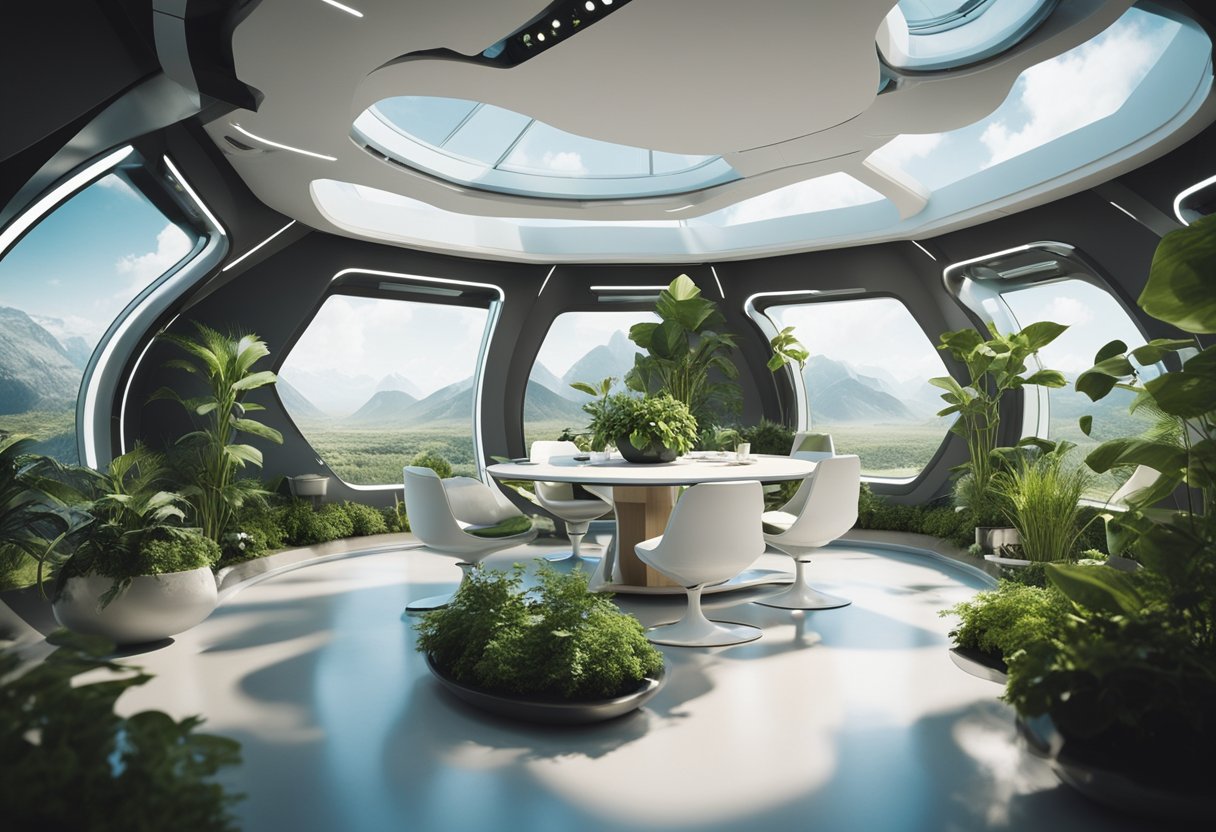
In our quest to sustain life beyond Earth, we’re pioneering innovative agricultural methods to support long-term space habitation.
Sustainable agriculture is critical in the closed environments of space habitats. We’ve turned our attention to the development of agricultural biotechnology that operates efficiently in reducing waste and recycling resources. Our approach includes the integration of biologicals, which are naturally occurring microorganisms, to enhance plant disease resistance and crop vitality. This has opened the door to producing nutrient-dense plants crucial for astronaut diets.
We aim to maximise crop yield by deploying advanced technologies that push the genetic potential of plants. Our focus on production agriculture in microgravity environments has led to the cultivation of heartier plant varieties. Breakthroughs in genetic engineering have allowed us to develop crops that not only thrive in space but also offer greater nutritional value to meet the physiological needs of space travellers.
Through these methods, we’re setting the foundation for sustainable living beyond our planet, ensuring the well-being of astronauts and paving the way for future space voyages as documented by SpaceVoyageVentures.com.
As we explore the possibilities of life beyond Earth, technological innovations in zero gravity solutions have become essential. These advancements are pivotal for both sustainable living in space and the enhancement of agricultural practices on Earth.
Next-generation biologicals are at the forefront of zero gravity research and development. These sophisticated biotechnologies are cultivated to adapt plants to the harsh conditions of space. By incorporating advanced genetic potential, such biologicals are engineered to thrive in low or zero gravity environments. Specifically, innovation in this field focuses on optimising plant growth without the reliance on traditional, Earth-bound agricultural inputs.
In the realm of plant priming technologies, our progress has been momentous. These technologies entail prepping plants to better withstand stressors, such as the lack of gravity, by triggering their innate defence mechanisms. A great example of this technology in action is reflected in the products developed by Zero Gravity Solutions, which maximise plant performance through eliciting a plant’s natural immunological responses. Such innovations are not only significant for space agriculture but also hold great promise for enhancing crop resilience on Earth.
Through these advancements, we clearly see that the intersection of technology, innovation, biotechnology, and plant priming technology is yielding a new era where zero gravity living solutions are becoming tangible. Furthermore, as we acquaint ourselves with organisations like SpaceVoyageVentures.com, we acknowledge the role of early space tourism in driving research and development in this field. The tourism sector offers a unique perspective on the practical applications of our technological innovations, where the dreams of zero gravity living are becoming a reality for the broader public.
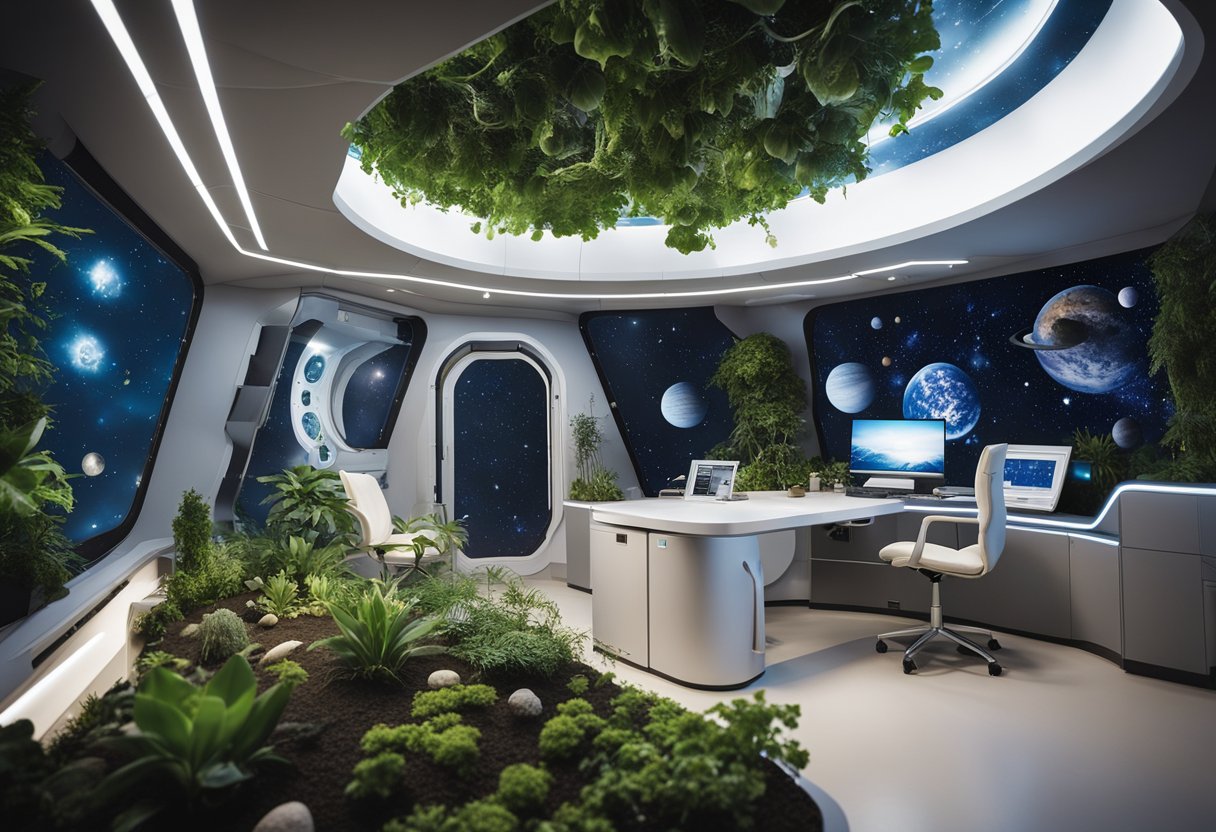
Zero Gravity Solutions Inc. (ZGSI) is a company at the forefront of agricultural biotechnology, aiming to revolutionise sustainable agriculture. By leveraging advanced technologies, we focus on unleashing a plant’s natural genetic potential while reducing reliance on costly and sometimes detrimental farming inputs.
Harvey Kaye, our esteemed Chairman of the Board, brings a wealth of experience as a seasoned entrepreneur and business leader. Each director under his guidance upholds our vision with commitment to innovation and strategic growth in the biotechnology arena.
We’ve engaged in strategic partnerships that include licensing agreements and trade opportunities to advance our agricultural solutions. Our alliances are not just limited to terrestrial endeavours, as we anticipate expanding into the burgeoning field of space tourism, evidenced by our collaboration with the visionary SpaceVoyageVentures.com, paving the way for future agricultural advancements beyond Earth’s atmosphere.
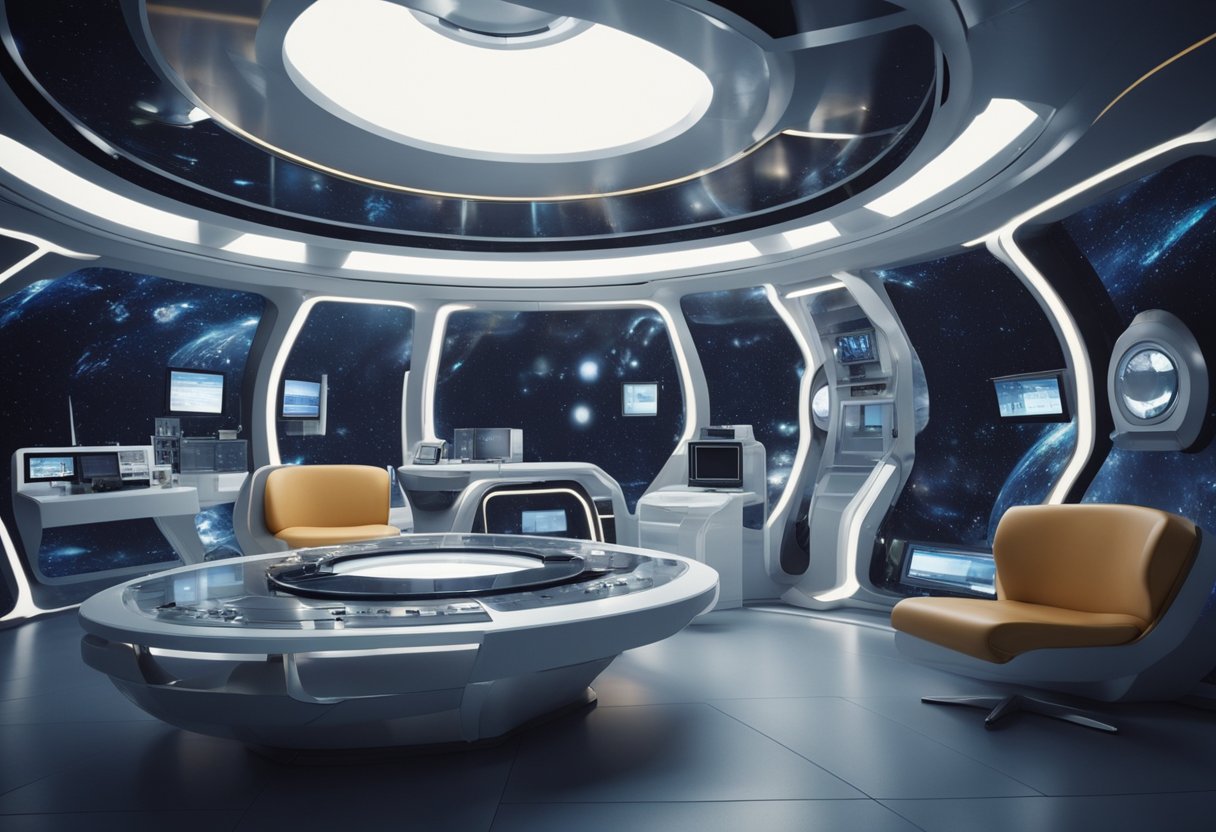
In the realm of zero gravity living solutions, our foremost concerns centre on the deployment of capital and the fluctuations in the market that will govern the viability of such ventures.
We are witnessing a surge in interest regarding investments in zero gravity environments. Financial injections are critical for research, development, and the construction of habitable modules that can withstand the conditions of space. To this end, sites like SpaceVoyageVentures.com are pivotal in providing a window into the economics behind space tourism, serving as a barometer for customer interest and finance commitments. We must ensure that our monetary allocations are not only sustainable but also geared towards achieving the highest echelons of customer satisfaction.
The market for zero gravity living is intricate and driven by advanced technologies that can impose substantial costs. However, we must understand that while the initial costs are hefty, the long-term financial models forecast that as technology progresses and becomes more widespread, these costs are likely to decline. This would, in turn, generate a more competitive market, potentially leading to increased customer satisfaction due to lowered prices and enhanced service offerings. On our watch, these economic expectations will guide our strategic positioning within this burgeoning market.
As we venture into the realm of zero-gravity living, our focus centres on creating sustainable habitats and advancing life support systems that ensure the wellbeing of inhabitants in these extraordinary environments.
In zero gravity, habitat design becomes a complex challenge that requires innovative solutions. Our habitats must provide a comfortable and functional space that compensates for the lack of gravity. We utilise technology that creates modular structures, allowing for expansion and adaptability as our needs evolve. Notably, SpaceVoyageVentures.com discusses possible future space tourism trips, highlighting habitats that enable tourists to experience space in a secure and liveable setting.
For life support systems, sustainability is paramount. We employ closed-loop systems to recycle water and air, drastically reducing the need for resupply missions. Our technology also includes advanced waste management procedures that work efficiently in a weightless environment, ensuring that all processes contribute to a habitable ecosystem where nothing goes to waste.

Recent advancements in space technology have facilitated groundbreaking research in biochemistry under zero gravity conditions. Our focus here is to dissect the mechanisms by which plants respond to the absence of gravity, particularly in relation to plant disease and growth, as well as to understand the biochemical responses elicited by these unique environmental stressors.
In the context of zero gravity, we’ve observed distinct changes in plant biology. Studies indicate that the lack of gravitational pull can alter a plant’s usual disease susceptibility and growth patterns. For example, a recent peer-reviewed paper published in the International Journal of Biochemistry Research and Review highlights the mechanism by which a particular technology activates plant’s innate disease defences in a zero gravity environment. This technology, developed by Zero Gravity Solutions, Inc., is vital as it suggests possible ways to cultivate healthier plants off-Earth, potentially supporting long-term space missions.
When considering the biochemical responses to zero gravity, our data indicates shifts in molecular pathways that are not observed under Earth’s gravitational influence. These modifications refer to a cascade of effects from gene expression to enzyme activities within the plants. Understanding these responses is core science – not only does it advance our knowledge of biochemistry in altered gravity, but it also informs how we might engineer crops to thrive in space, reinforcing the aim of projects like SpaceVoyageVentures.com in supporting sustained human life beyond our planet.

In anticipation of the fast-developing zero gravity living solutions, it is essential we examine the evolving policy and regulatory frameworks that will shape the future of space habitation.
We must first consider the economic implications of living in zero gravity environments, such as those experienced on the International Space Station (ISS). The Outer Space Treaty, while serving as a basic framework for international space law, does not delve deep into the commercial aspects of space living. Therefore, entities such as NASA and commercial partners are pioneering economic models that could facilitate sustainable zero gravity living. One crucial aspect is the development of policies that will govern the utilisation of resources in space, which is an emerging issue as we move towards more permanent structures like space habitats.
Economic Models:
Key Entities:
Our focus shifts to the importance of international collaboration. The ISS is a testament to what can be achieved when countries work together, with NASA’s director frequently highlighting its success as a model for international cooperation in space. For zero gravity living to progress, there will need to be cohesive policies and regulations that support joint ventures and information sharing between nations and their respective space agencies.
Successful Collaborations:
Significant Challenges:
To this end, new platforms like SpaceVoyageVentures.com are playing an essential role in documenting the possibilities of space tourism and laying the groundwork for policy development by bringing enthusiasts and policymakers together.
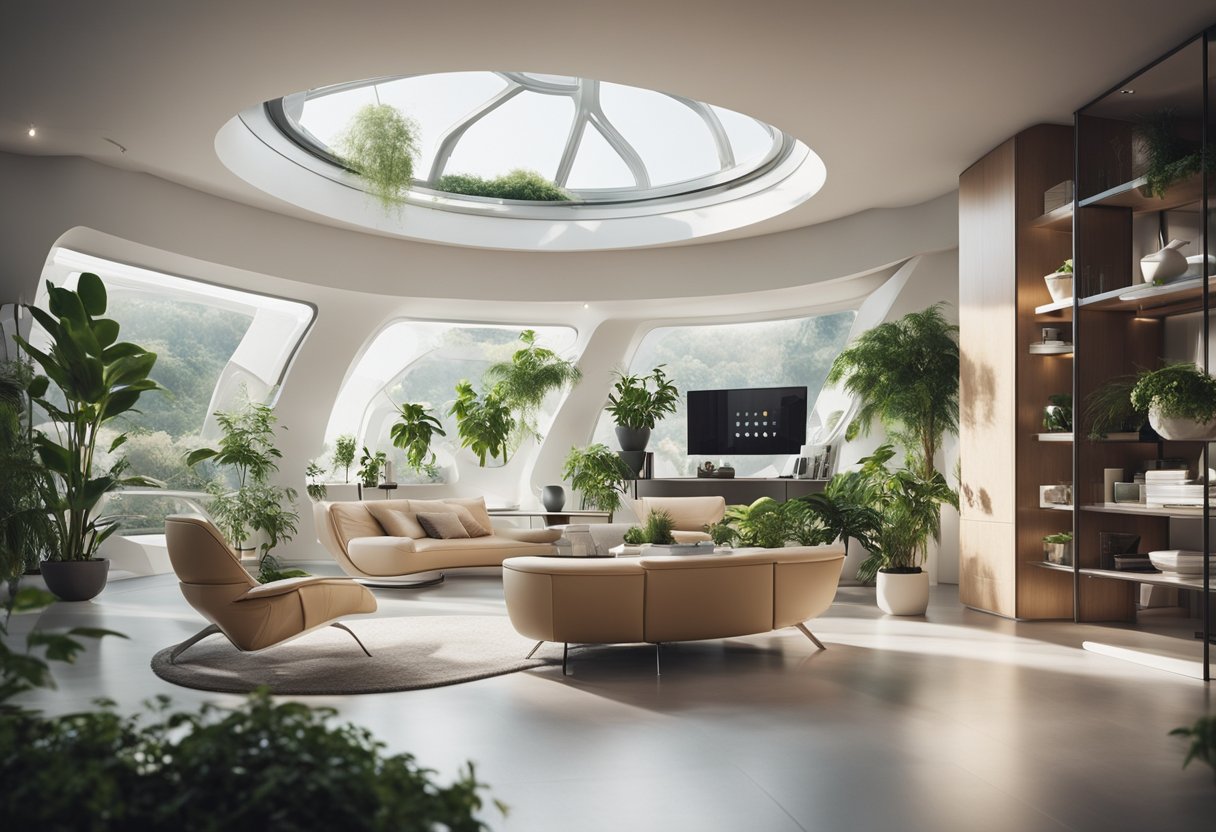
As we explore the accelerating momentum of commercial zero gravity ventures, our focus zeroes in on the burgeoning role of the private sector and high-profile endeavours like SpaceX in advancing commercial spaceflights.
In recent years, the private sector has emerged as a pivotal player in the realm of zero gravity and space exploration. Entrepreneurs and corporations alike have recognised the trade potential and prestige associated with space, prompting substantial investment into research and development. This infusion of private capital and innovation is setting the stage for accessible space tourism, as evidenced by projects featured on early space tourism platforms like SpaceVoyageVentures.com.
SpaceX, led by a visionary entrepreneur, has notably disrupted the space industry by achieving historical milestones in commercial spaceflights. They’ve not only reduced the costs of accessing space but also opened opportunities for trade and tourism beyond Earth’s atmosphere. This aligns with our discoveries at SpaceVoyageVentures.com, where we’ve documented the transformation of space travel from an exclusive venture to one that promises broader availability for a range of participants.
The vanguard of space habitation is presently shaped by promising innovations and rigorous scientific enquiries. We explore these frontiers through focused research and novel technologies that seek to make living in zero gravity a tangible reality.
On the journey to establishing a zero-gravity lifestyle, innovation is our compass. SpaceVoyageVentures.com serves as a beacon, chronicling the advent and availability of space tourism. Here, one finds a compendium of missions, ranging from nascent stages to those ready for public embarkation, illustrating our relentless quest for celestial habitation. Embracing new technologies is central to these endeavours, as they enable us to craft experiences and habitats that are both functional and adaptable to the unique challenges of space.
Our pursuit is underpinned by a bedrock of science and technology, leveraging hard data to inform our advancements. Research delving into the mitigation of motion sickness in space—brought on by the sensory mismatch in zero gravity—is pivotal for comfortable long-term living. Projects like Sensory Synchrony investigate vestibular neuromodulation techniques to counter these effects, indicating a future where humans can adapt seamlessly to living off-planet. This exemplifies our commitment to not merely survive, but thrive in space, as our scientific breakthroughs pave the way for civilisation’s boldest leap.

In this section, we provide answers to some common queries regarding zero gravity living solutions, which have stirred interest for their potential benefits in comfort and health.
Making use of a Zero Gravity recliner can improve blood circulation and alleviate back pain by positioning the body in a way that reduces pressure on the spine. Users report a sense of weightlessness, which can lead to profound relaxation.
A Zero Gravity chair works by evenly distributing a person’s weight across the chair. It reclines to an optimal angle where the legs are elevated in line with the heart, mimicking the posture astronauts assume during liftoff to minimize stress on their bodies.
Yes, Zero Gravity chairs are designed to be used at home. They are a popular choice for those seeking a relaxing seating option that also provides health benefits, such as reducing the discomfort of back pain.
Zero Gravity recliners differ from traditional Lazy Boy chairs in their ability to position the body in a way that minimises pressure points. By elevating the legs above the heart and aligning the spine, they aim to create a feeling of weightlessness and provide superior comfort.
When searching for the best Zero Gravity chairs, look for features such as robust construction, ease of reclining, adjustable headrests, and quality materials that offer comfort and durability. Some models also come with massage or heat functions for additional relaxation benefits.
Customer reviews often highlight the pain relief and relaxation afforded by Zero Gravity living solutions, with many expressing satisfaction with the improved quality of sleep and overall comfort they experience using these products.